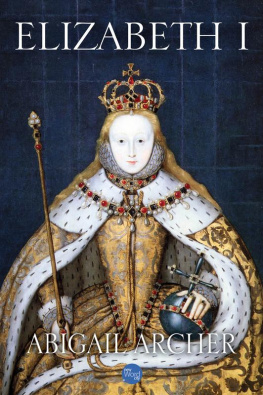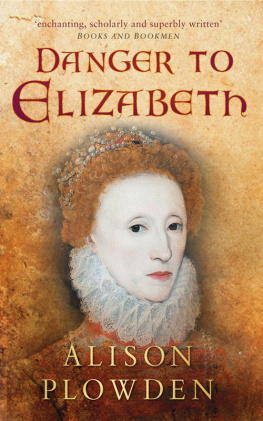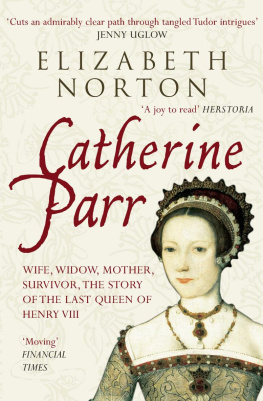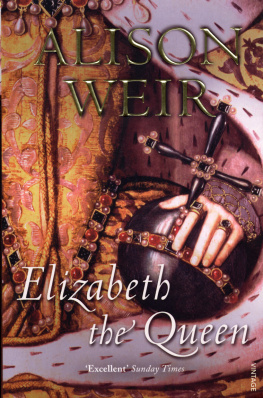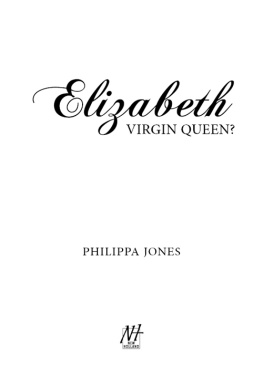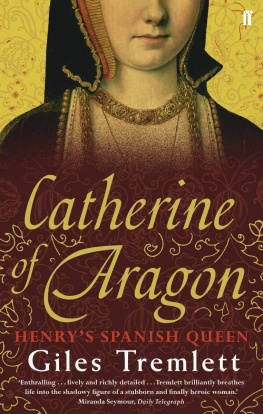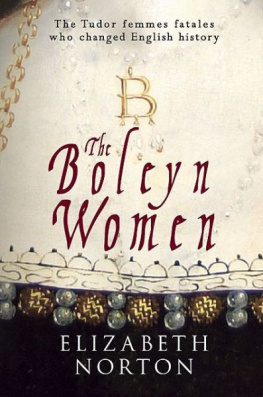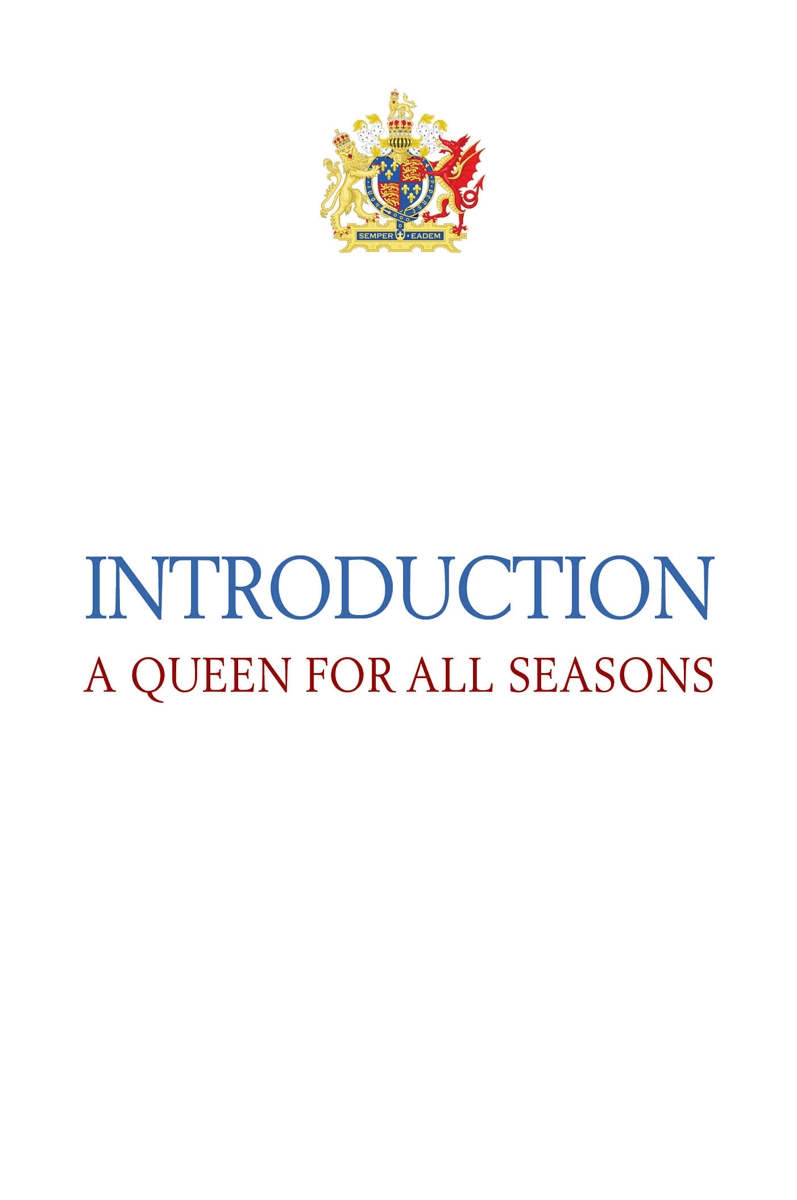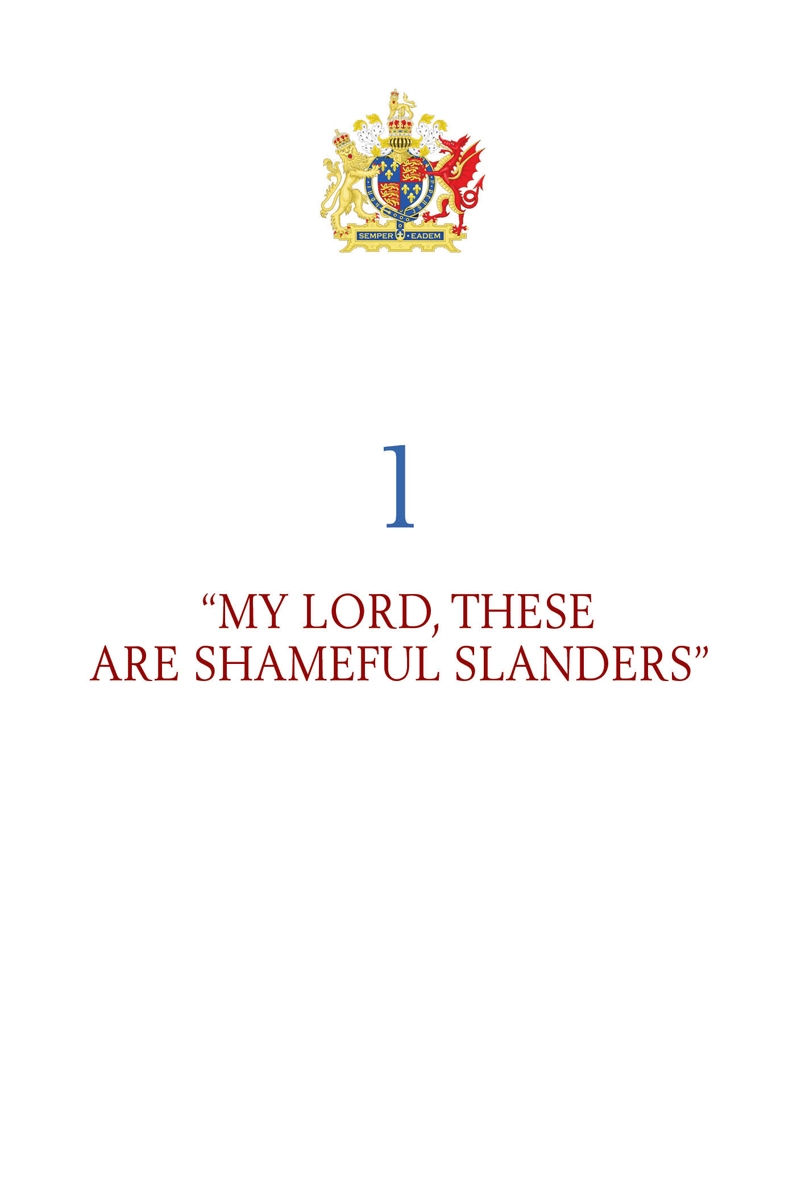Nearly everyone has a mental image of Elizabeth , the brilliant sixteenth-century Queen of England who launched the age we now know by her name. We may think of her as the greatest ruler her nation ever had, one who pulled together a shattered country and laid the foundation for an empire that lasted for centuries. Or we may see her as Glorianna, the improbable Virgin Queen, who inspired the devotion and chivalrous passion symbolized by the myth of Sir Walter Raleigh flinging his cloak across a puddle so that she could cross it dry-shod. We might remember Elizabeth as the global strategist who sent Raleigh to colonize North America and commissioned Sir Francis Drake to plunder the treasure galleons of Spain and then used him to defeat the mighty armada that Spain had launched to conquer England. Or we could see her as the inspiration for a new flowering of English culture, culminating in the music of William Byrd and the plays and poetry of William Shakespeare .
All of those visions would be correct, but none of them does her full justice. Elizabeth was a queen for all seasons. She transcended a wretched, motherless childhood: She was declared a bastard after her father, Henry VIII , divorced her mother, Anne Boleyn , and then had Boleyn beheaded. A lifelong lover of books, Elizabeth became a scholar and intellectual; through instinct and her classical studies, she learned to navigate the perilous politics of Tudor England and survive the plots that could easily have ended in her death. And when she finally gained the throne, she used her wit and talent to fend off her many suitors and keep her enemies divided. In the end, she held her fractured country together long enough to mend its worst wounds, see the dawn of prosperity, and win the enduring love of her people.
Queen Elizabeths life was as complex as her character; no matter how much we learn about her, we will never know the complete woman. But the effort is both instructive and rewarding and this brief story of her life is a good way to begin.
Elizabeth ruled England for forty-four years. She was the last of the Tudor line of monarchs, whose roots were in Wales; the Tudors had risen to power in 1485, when Henry VII became king. His son, the flamboyant, mercurial, sometimes wrathful Henry VIII, broke with the Catholic Church and founded the Church of England to escape his marriage to his first wife, Catherine of Aragon , so he could marry the young and lissome Anne Boleyn, the daughter of one of his courtiers. But Anne turned out to be only another in a succession of wives. Henry married six women, executing two of them, with Anne the first to lose her head. The charges fabricated against her treason, adultery, witchcraft, and incest were clearly a pretext; her true fault was failing to produce a male heir. Elizabeth was three years old when her mother went to the block and fourteen when Henry VIII was buried. She would have to wait ten more years, through the reigns of her half-sister Mary I and half-brother Edward VI , until she won the crown.
As a monarch, Elizabeth was sensible and judicious. Her fathers break with Rome had thrown the country into turmoil, and Mary had tried zealously to restore Catholicism in England, earning the name Bloody Mary by persecuting Protestants and burning them at the stake as heretics. But Elizabeth put an end to the inquests, trials and executions. I have no desire to make windows into mens souls, she said. She reinstated the Protestant Bible and English Mass, but generally refrained from persecuting Catholics.
Under her rule, her country experienced a cultural renaissance. Poetry, music, and literature flowered. Shakespeare and Christopher Marlowe composed plays that broke free of tradition to create a new style of theater. William Byrds music gave the age its tone, and a generation of British artists began to displace the European painters, led by Hans Holbein , whose portraits had long held sway.
Elizabeth used her wit and calculated duplicity to thread her way through the tangle of schemes, rivalries, and wars plaguing Europe, and her countrys power and influence grew. In a time of bold seafaring exploration and conquest, she dispatched Drake to the New World with orders to sack Spanish holdings along the coast of the Americas and intercept the galleons bringing gold to Spain. When Drake brought the Golden Hind into Plymouth port in 1580, the ship was laden with so much treasure that Elizabeth, whose share was half, realized a 4,700 percent return on her investment.
The Virgin Queen never married or produced an heir; she insisted that she would live and die a virgin, and despite her pleasure in men and her many flirtations, she probably did. She was never a classic beauty, but in her youth she was slender, vivacious, athletic, and charming. Her courtiers were smitten, and she reigned as Glorianna in a mist of erotic tension, extravagant poetic tributes, and the tattered remnants of chivalry. Somehow, she kept that illusion alive as she aged inexorably into a balding grotesque with painted face and rotting teeth. But all that was a surface play. Elizabeths great talent was to rule, wisely and well, using ambiguity and calculated dithering to fend off enemies when she lacked power. She brought wealth and glory to her country and laid the groundwork for a British empire that would span the globe and to this day, not as Glorianna but as Good Queen Bess, she is loved and revered by her countrymen.
On September 7, 1533, at Greenwich Palace , official residence of Englands Queen Consort, in a room called the Chamber of the Virgins, Anne Boleyn gave birth to a girl. They named her Elizabeth after her grandmothers, Elizabeth Howard and Elizabeth York, doyennes of the Tudor clan. Her parents had wanted a boy; all of England had wanted a boy, and the royal astrologers and physicians had confidently predicted the birth of a prince. So Elizabeth began life as a disappointment.
The king already had two children: the illegitimate and half-royal Henry FitzRoy , who pursued a life in the shadows as the Duke of Richmond ; and a daughter, Mary, by Henrys first wife Catherine. The duke was not considered an heir, but Mary was, though not a preferred one. Ruling was a mans job. Only once in English history had a woman, Mathilda , sat on the throne, and her twelfth-century reign was not considered a success.
Still, Henry understood that all of England saw Elizabeth as one of his heirs, and he undertook to make her birth a cause for celebration. For Elizabeths christening, the mayor of London and a contingent of the citys most prominent citizens went to Greenwich aboard barges decorated for the occasion. They were accompanied by the entire royal court. The assemblage gathered at the palace and then proceeded in a parade to the church, walking on a road that had been carpeted with green rushes. The baby Elizabeth wore a purple velvet gown and a long train trimmed in ermine that was carried by high-ranking lords and ladies of the court. An enormous crowd lined the street. At the church, decked in fine tapestries, the Archbishop of Canterbury baptized Elizabeth under a crimson canopy. Afterward, the baby was showered with expensive gifts. Although he continued to long for a male heir, Henry secured an act by Parliament formalizing Elizabeths claim to the throne.
Henry also demanded that his daughter Mary, now seventeen years old, acknowledge his marriage to Anne and the annulment of his marriage to her mother, Catherine. When Mary refused, he had her moved into Elizabeths household to serve as one of her baby sisters ladies in waiting. Told to pay her respects to the new princess, Mary said she knew of no princess save herself and burst into tears. It was the beginning of a lifelong enmity between the half-sisters.

